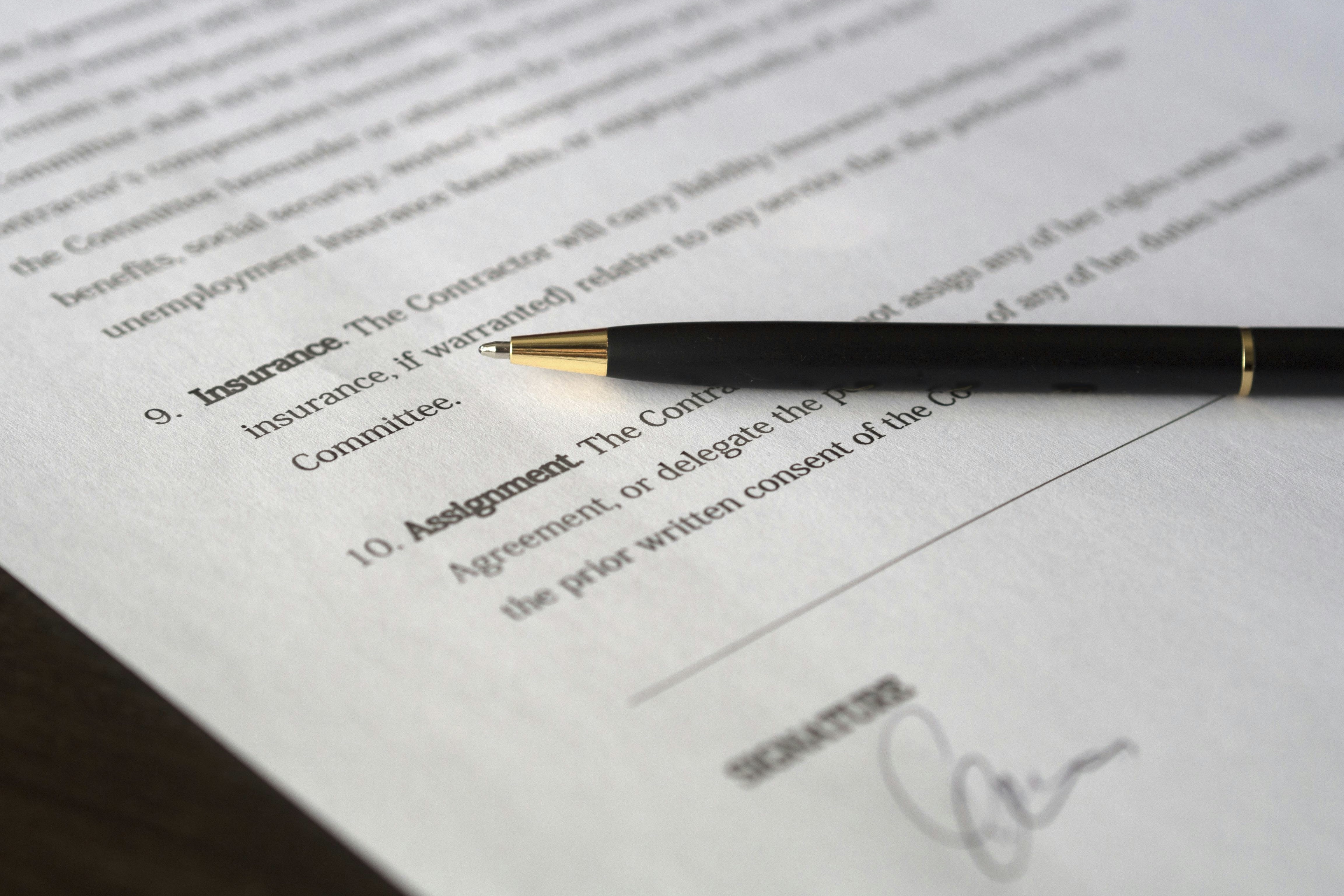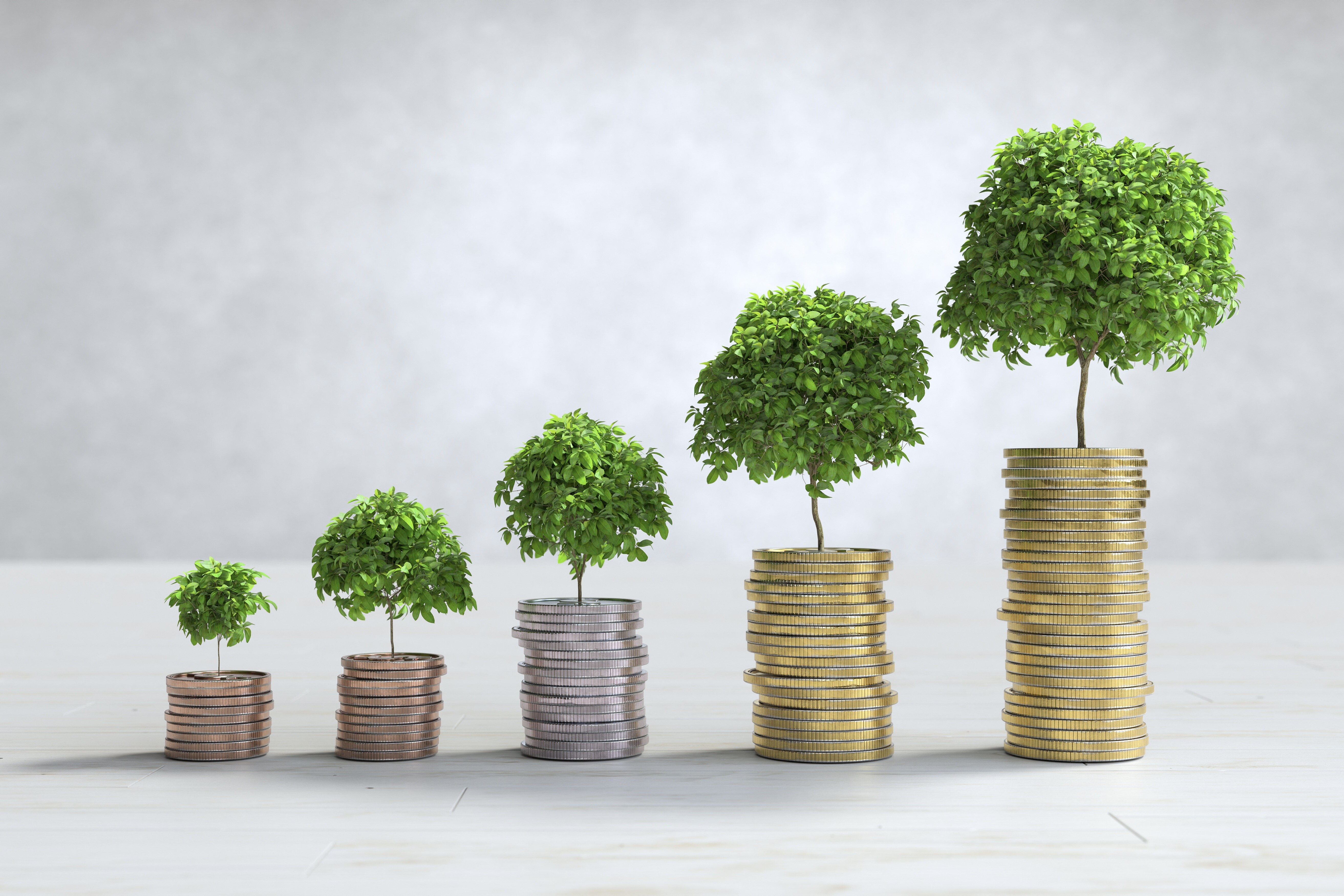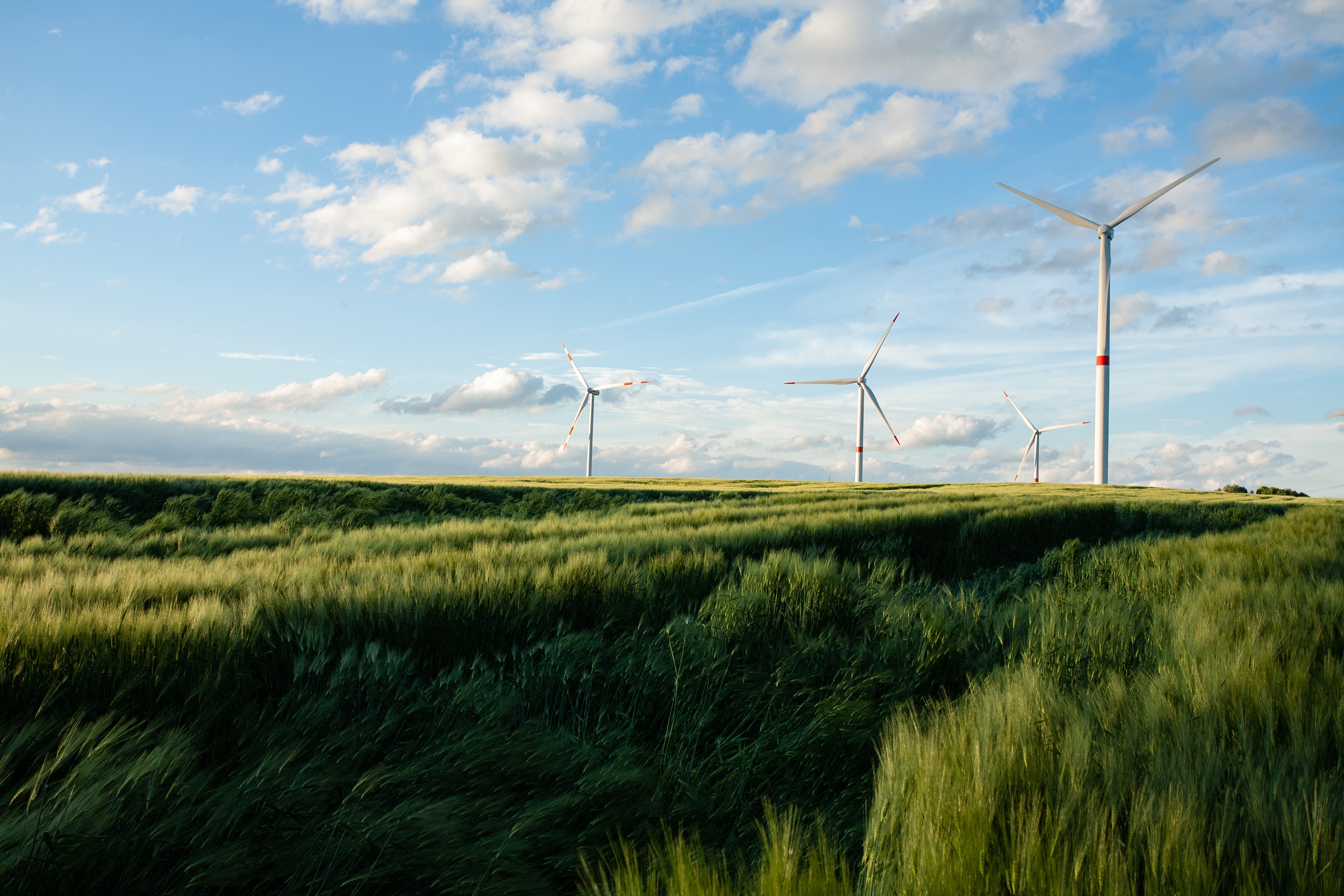Anticipating Possible Scenarios for the Energy Future Now
By 2050, the Dutch energy system must be climate neutral. How will we get there? That depends on the choices we make today. Netbeheer Nederland has...
1 min read
 Doenja Frints
:
July 3, 2025
Doenja Frints
:
July 3, 2025

Electricity grids are becoming overloaded, regulations are evolving rapidly, and pressure on the system continues to grow. In short, the energy transition is in full swing. For organizations that produce, consume, or optimize energy, having a clear overview is not a luxury but a necessity. The revised edition of How Energy Works in the Netherlands (2025) supports that need.
The book was compiled by a broad coalition of parties within the energy system, including Netbeheer Nederland, EBN, and Holland Solar. Through five chapters, it explains the Dutch energy system step by step. New topics in this edition include scarcity and public support, subjects that increasingly determine whether progress is made or delayed.
To achieve climate goals and reduce CO₂ emissions, the government promotes sustainability through subsidies and regulations. This has led to rapid developments such as:
Rising energy prices since the war in Ukraine
The closure of the Groningen gas field
Increasing pressure on grid capacity and workforce availability
Growing public resistance or, in some cases, enthusiasm
The book brings all of these developments together into one accessible narrative. Not only for policymakers, but also for professionals in business, real estate, industry, and energy collectives. In short, for anyone who wants or needs to work with energy.
Understanding the energy system is not just theoretical, but practical and actionable. Organizations are increasingly faced with questions such as how to deal with grid congestion or how to keep control over energy costs and CO₂ targets. An Energy Management System (EMS) like the Embion EMS helps turn these questions into action. Our EMS enables organizations to:
Gain real-time insight into energy consumption and production
Automatically limit peak loads
Optimize consumption profiles
Offer flexibility to the electricity grid
Purchase, store, or distribute energy more intelligently
In short, those who understand the energy system can manage it more effectively.
One of the main goals of How Energy Works in the Netherlands is to create a shared language in a sector full of jargon and differing perspectives. As the Ministry of Economic Affairs and Climate Policy put it during the book’s launch: “The energy transition consists of many different languages – this book helps us understand each other better.”
For users of our EMS, this is a valuable development. The more aligned the different parties are, the more effectively we can move forward together.

By 2050, the Dutch energy system must be climate neutral. How will we get there? That depends on the choices we make today. Netbeheer Nederland has...

As of January 1, 2026, the new Energy Act will come into effect. This will replace the current Electricity Act and Gas Act. The new law is fully...

Starting April 1, 2025, a new subsidy scheme will be available for companies looking to invest in flexible energy use. The Flex-E grant makes it...

Negative energy prices are increasingly becoming a reality in the energy market. This happens when there is a surplus of electricity, for example due...

At Embion, we believe in sustainable energy solutions for entrepreneurs. At a time when sustainability is no longer a choice but a necessity, we...

The energy transition is no longer a matter of the future, it’s the reality of today. Wind, solar, and the electrification of mobility and industry...